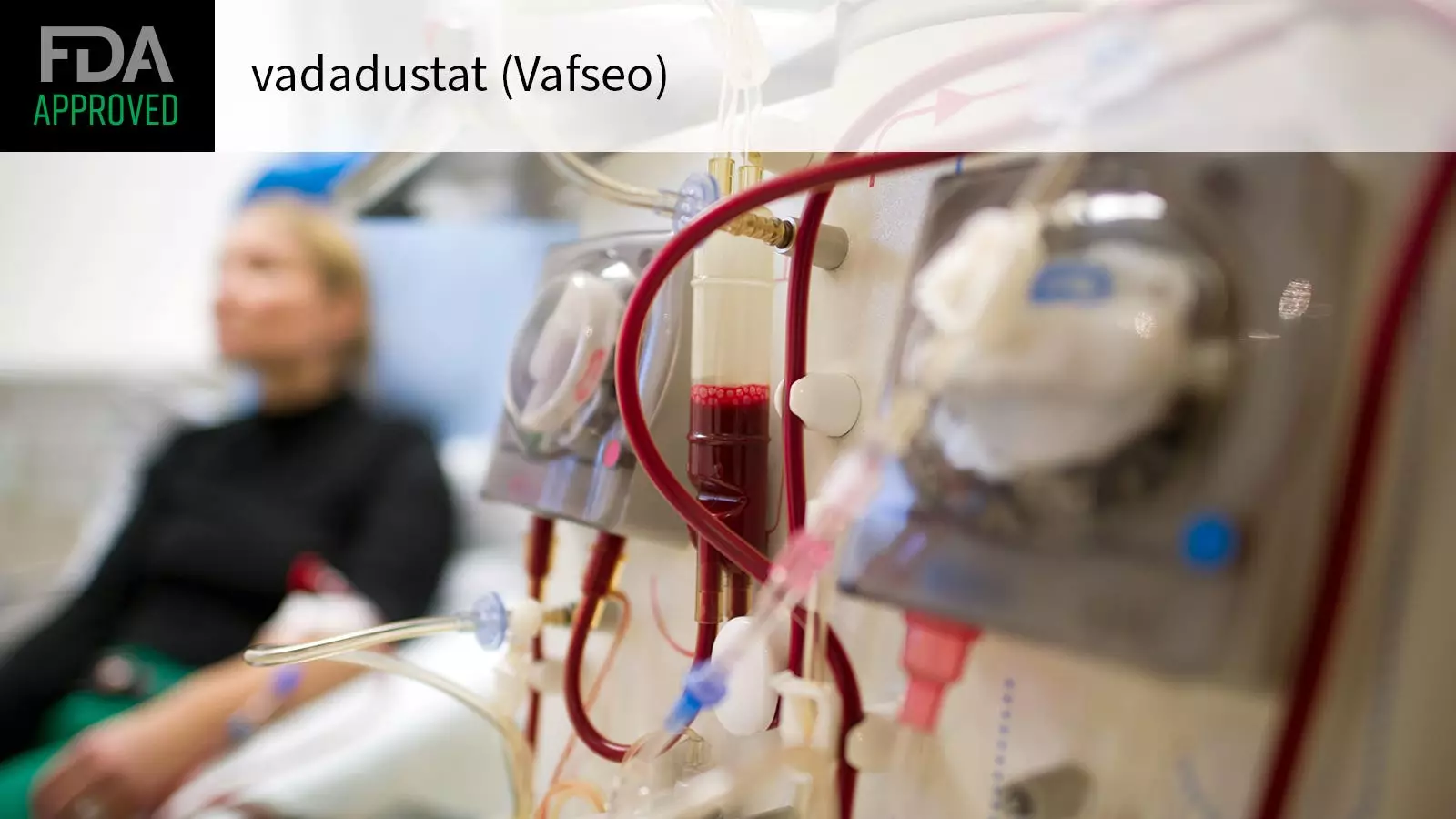The recent approval of vadadustat (Vafseo) by the FDA for chronic kidney disease (CKD)-related anemia in adults on dialysis has been met with mixed reactions. While developer Akebia Therapeutics lauded the decision, there are concerns regarding the drug’s safety profile and potential side effects. Let’s delve deeper into the implications of this approval and what it means for patients with CKD-related anemia.
Development Journey
Akebia Therapeutics faced initial setbacks with the FDA rejecting their first attempt at gaining approval for vadadustat due to concerns about the data supporting its benefit-risk assessment for both dialysis and non-dialysis patients. However, the recent approval specifically for patients on dialysis marks a significant milestone for the company.
Mechanism of Action
Vadadustat, a once-daily, oral hypoxia-inducible factor prolyl hydroxylase (HIF-PH) inhibitor, works by stimulating the body’s natural response to hypoxia to increase the production of erythropoietin and manage anemia. This mechanism differs from traditional IV or injectable erythropoiesis-stimulating agents, offering a new treatment option for patients with CKD-related anemia.
Comparative Efficacy
Data from the INNO2VATE program showed that vadadustat was noninferior to darbepoetin alfa in maintaining hemoglobin levels in patients on dialysis. However, concerns arose in non-dialysis-dependent CKD patients regarding a potential cardiovascular safety signal, mirroring findings from a similar drug, daprodustat. These safety considerations highlight the need for close monitoring and individualized treatment approaches.
The most common adverse reactions associated with vadadustat include hypertension and diarrhea. The drug’s label includes a boxed warning about risks such as death, myocardial infarction, stroke, venous thromboembolism, and thrombosis of vascular access. Additionally, warnings about hepatotoxicity, seizures, gastrointestinal erosion, and malignancy underscore the importance of careful patient selection and monitoring.
Vadadustat’s label provides specific instructions regarding potential drug interactions with iron supplements, iron- and non-iron-containing phosphate binders, statins, and breast cancer resistance protein (BCRP) substrates. These interactions necessitate close attention to medication management and coordination among healthcare providers to prevent adverse outcomes.
The FDA approval of vadadustat for CKD-related anemia represents a step forward in providing additional treatment options for patients on dialysis. However, concerns about safety signals in non-dialysis-dependent CKD patients and the drug’s adverse reaction profile warrant careful consideration by healthcare providers. Moving forward, ongoing monitoring and assessment of vadadustat’s efficacy and safety will be essential in optimizing treatment outcomes for patients with CKD-related anemia.


Leave a Reply